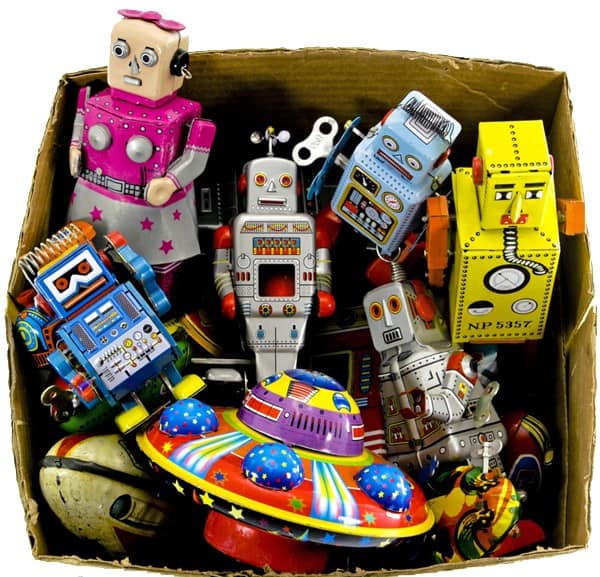
In a study conducted by researchers at the University of Toledo in the USA, it was observed that toddlers were more creative when given fewer toys.
Researchers placed 36 children aged between 18 and 30 months in different outdoor playgrounds. Four toys with missing toy parts without wheels were placed in one room, and 16 assorted battery-operated toys were placed in the other room. In the room with the four toys, the children interacted more closely with the toys and played more games with them. Their play was deeper, more sophisticated, and more creative. In the room with many toys, the children constantly played from one toy to another because there were many toys, and all of them were solid, but they got bored quickly. The children in the room with four toys looked for solutions to play with the toy with the broken wheels.
No one is saying that we should ban toys. But simplification can improve our children. Don’t get used to being ready. If you’re buying toys, look for open-ended blocks, clothing accessories, small kitchen appliances, and toy cars. Put the toys in rotation. Have a small and private area for toys. If you think that the child has run out of creativity on the toy, you can gift that toy to another child. Another child gains experience from that toy. There is no need to collect many toys at home. The best are creative toys that you make with your own hands, if you can. Avoid toys that beep or have flashing or lightning reflective properties. Don’t let toys control your child.